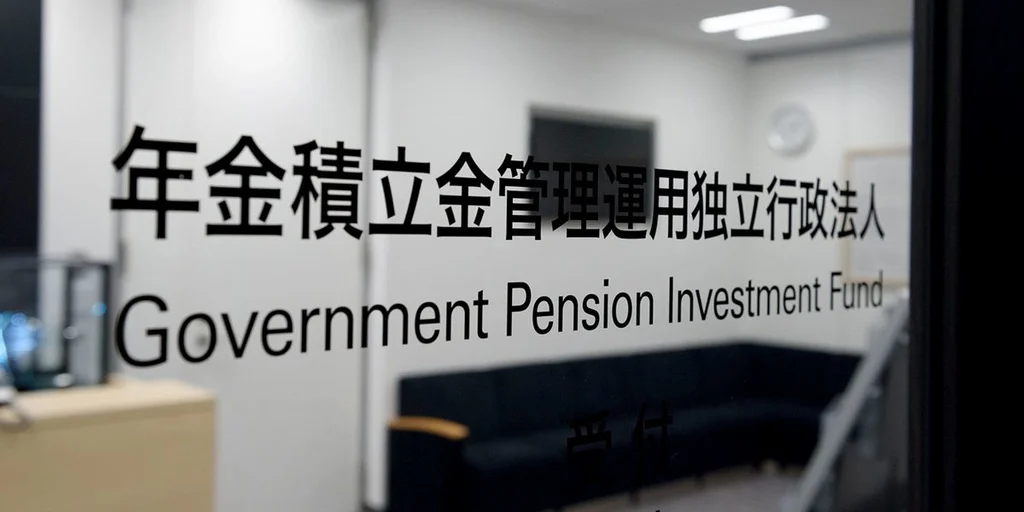Risk Factors Influence Link Between Natural Resources and Carbon Emissions: Study by Nature

|
Listen to this story:
|
- Resource Rent’s Carbon Impact: Higher natural resource rents consistently increase carbon emissions across different quantiles.
- Risk Moderation: Economic, financial, and political risks significantly influence the emissions impact of resource rents.
- Threshold Effects: Effective risk management can mitigate the environmental impact of natural resource exploitation.
Natural Resources and Carbon Emissions: The Role of Risk Factors
The management of natural resources is crucial for reducing carbon emissions. This study investigates how economic, financial, and political risks influence the relationship between natural resources rents and carbon emissions, using data from 66 countries and employing methods like quantile regression and dynamic threshold regression.
Findings
- Consistent Emissions Increase: Natural resources rents tend to increase carbon emissions across different quantiles (0.1 to 0.9), confirmed by robustness checks. This indicates a strong link between resource extraction and higher emissions.
- Risk Factors’ Influence: Economic, financial, and political risks affect how natural resources rents impact carbon emissions. Reduced economic and financial risks lessen the emission-boosting effect at higher quantiles, while lower political risk decreases this effect across all quantiles.
- Threshold Effects: Economic, financial, and political risks act as threshold factors. For instance, when economic and political risks are low, increased natural resources rents lead to a decline in carbon emissions. This highlights the importance of stable conditions in mitigating the environmental impact of resource rents.
Quantile Regression Analysis
Using quantile regression, the study reveals that:
- Natural resources rents increase emissions at all levels. A 1% increase in rents is linked to an increase in carbon emissions across the 10th to 90th percentiles.
- Economic risks: Reduced economic risk generally decreases emissions, particularly at higher quantiles.
- Financial risks: Improved financial risk conditions reduce emissions, though the impact varies across quantiles.
- Political risks: Higher political risk is associated with reduced emissions, highlighting the role of government stability in environmental management.
Threshold Regression Analysis
The study employs dynamic threshold models to identify critical turning points:
- Economic risk threshold: At a threshold of 3.498, higher economic risk lessens the emissions-increasing effect of resource rents.
- Financial risk threshold: At a threshold of 3.214, lower financial risk reduces the impact of resource rents on emissions.
- Political risk threshold: At a threshold of 3.957, better political stability mitigates the environmental impact of resource rents.
Natural resource rents are a significant driver of carbon emissions, but their impact is moderated by economic, financial, and political risks. Effective management of these risks is crucial for sustainable resource exploitation and environmental protection. The findings underscore the importance of considering these factors in policy formulation to reduce carbon emissions and promote sustainable development.
Related Article: ECB Reports Significant Reduction in Carbon Emissions from Monetary Policy Portfolios and Expands Climate Disclosures
Policy Implications
- Economic Stability: Maintaining price stability and promoting steady economic growth are vital for reducing emissions.
- Financial Management: Strengthening financial practices and investing in green projects can mitigate the environmental impact of resource rents.
- Political Governance: Enhancing political stability and reducing corruption are essential for effective environmental management.
This study provides valuable insights into the complex interplay between natural resource management and carbon emissions, highlighting the critical role of risk management in achieving sustainable development goals.
View Full Study











